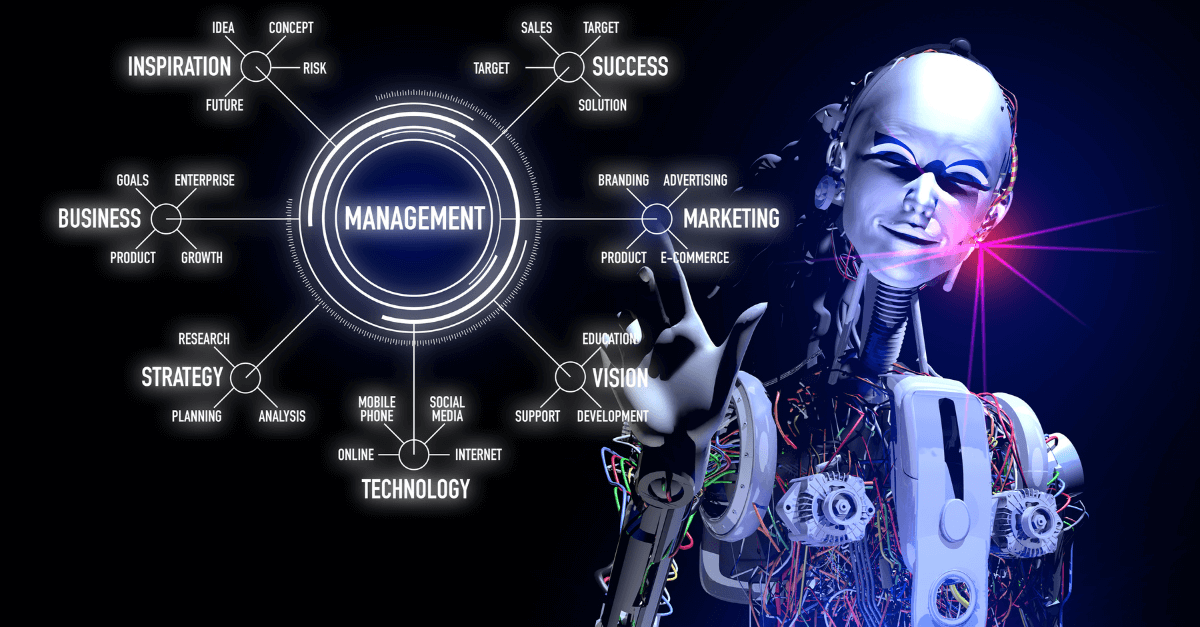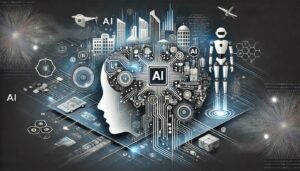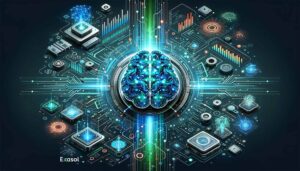Unlocking AI: Why Mathematical Basics Are the Key to AI Mystery
Introduction
Artificial Intelligence (AI) has become one of the most influential technologies of the 21st century. From powering virtual assistants and autonomous vehicles to diagnosing diseases and generating human-like text, AI is transforming every aspect of modern life. Yet, behind the futuristic applications and complex models lies a foundation that is surprisingly old and universal—mathematics.
While many perceive AI as a black box of algorithms, the truth is that AI is deeply rooted in mathematical principles. Concepts like linear algebra, calculus, probability, statistics, and optimization serve as the building blocks for neural networks, natural language processing, and machine learning systems. To truly unlock the mystery of AI and harness its power, one must understand these mathematical basics.
This article explores why mathematics is central to AI, breaks down the key mathematical domains that fuel it, and explains how these basics demystify the seeming “magic” of artificial intelligence.
Why Mathematics is the Language of AI
At its core, AI is about making machines learn from data, recognize patterns, and make predictions or decisions. To do this, AI systems must translate real-world problems into numerical representations that can be manipulated logically. Mathematics provides the tools for this translation.
-
AI ≈ Mathematics in Action: Every AI model, no matter how advanced, is essentially a series of mathematical operations applied to data.
-
Numbers over intuition: Where humans rely on intuition, AI relies on mathematical calculations.
-
Universality: Mathematics offers a universal framework, meaning the same principles apply across domains—finance, healthcare, robotics, or natural language.
Without mathematics, AI would be like a machine without electricity—lifeless and unintelligible.
The Core Mathematical Pillars of AI
1. Linear Algebra: The Skeleton of AI
Linear algebra is the backbone of machine learning and deep learning. It deals with vectors, matrices, and tensors, which are the very structures AI uses to process and store information.
-
Vectors and Features: Data inputs, such as images, texts, or sensor readings, are represented as vectors.
-
Matrices and Neural Networks: Each layer of a neural network applies a series of matrix multiplications to transform inputs into outputs.
-
Tensors in Deep Learning: For complex data like images (pixels in three dimensions), tensors represent the data efficiently.
For example, in computer vision, an image is stored as a matrix of pixel values. Neural networks use matrix operations to detect edges, shapes, and objects. This is linear algebra in action, hidden beneath what looks like AI “magic.”
2. Calculus: The Engine of Learning
AI models learn through a process called optimization, which involves minimizing error. Calculus enables this learning by providing tools for derivatives and gradients.
-
Gradient Descent: This is the algorithm that powers learning in neural networks. It uses derivatives to determine how to adjust weights (parameters) to reduce error.
-
Backpropagation: A calculus-based technique that computes gradients layer by layer in a neural network.
Without calculus, neural networks would not be able to “learn” from mistakes. It transforms raw data into models that improve with training.
3. Probability and Statistics: The Heart of Predictions
AI thrives on uncertainty. Since real-world data is noisy and incomplete, AI must work with probabilities rather than certainties.
-
Probability: Helps models estimate the likelihood of outcomes. For example, in spam detection, AI estimates the probability that an email is spam based on word frequencies.
-
Statistics: Provides methods to analyze data distributions, detect patterns, and test hypotheses.
-
Bayesian Inference: Allows AI to update predictions when new data arrives, making systems adaptive.
Chatbots, recommendation engines, and autonomous cars all rely heavily on probability and statistics to make reliable predictions in uncertain environments.
4. Optimization: The Art of Efficiency
Optimization is about finding the best solution from many possibilities. In AI, this means finding the best model parameters that minimize error and maximize accuracy.
-
Convex Optimization: Ensures efficient learning where the error surface has a single global minimum.
-
Regularization: Adds penalties to prevent overfitting by optimizing not just for accuracy but also for generalization.
-
Resource Optimization: Ensures AI models run efficiently on limited computational resources.
In essence, optimization keeps AI practical and scalable.
5. Discrete Mathematics: The Logic Behind Decisions
Beyond continuous mathematics, discrete math provides the logical and structural foundation for AI.
-
Graph Theory: Used in social networks, recommendation systems, and knowledge graphs.
-
Boolean Algebra: Powers decision-making in logical AI systems.
-
Combinatorics: Helps in search algorithms, such as finding optimal routes in logistics.
These concepts ensure AI can handle structured, rule-based problems as effectively as probabilistic ones.
Demystifying the “Black Box” of AI
One of the biggest criticisms of AI is its lack of transparency—often called the black box problem. But when we peel back the layers, what we find is mathematics.
For example:
-
A convolutional neural network recognizing a cat is not “mysteriously intelligent”; it is performing matrix multiplications and applying filters to pixel values.
-
A recommendation engine suggesting a movie is not reading your mind; it is using probability to predict your preferences based on your history and similar users.
By understanding the math, the black box becomes a glass box. Suddenly, AI is less about “mystery” and more about predictable, logical operations.
Why Mathematical Basics Empower AI Practitioners
Mastering the mathematical foundations of AI offers several key benefits:
-
Better Intuition: Understanding how algorithms work allows practitioners to select the right model for the right problem.
-
Debugging Skills: When models fail, math helps identify whether the issue lies in optimization, data representation, or probability estimation.
-
Innovation: Many breakthroughs in AI, such as attention mechanisms in transformers, come from mathematical insights.
-
Bridging Theory and Practice: Math enables AI researchers to move beyond using pre-built libraries to designing custom algorithms.
In short, math transforms someone from a user of AI tools into a creator of AI solutions.
Real-World Examples of Math Powering AI
-
Self-Driving Cars:
-
Linear algebra for image recognition.
-
Probability for object detection under uncertainty.
-
Optimization for route planning.
-
-
Healthcare Diagnostics:
-
Statistics for analyzing patient data.
-
Calculus for training deep learning models to identify diseases from scans.
-
-
Financial Forecasting:
-
Probability and time-series statistics for predicting stock trends.
-
Optimization for portfolio management.
-
-
Natural Language Processing (NLP):
-
Linear algebra for embedding words into vector space.
-
Probability for predicting next words in a sentence.
-
Optimization for fine-tuning models like GPT.
-
The Future: Math as the Compass of AI Evolution
As AI evolves toward more complex systems like artificial general intelligence (AGI), the role of mathematics will only grow. Areas like quantum computing, advanced optimization, and nonlinear dynamics are expected to shape the future of AI.
Moreover, ethical AI and explainable AI (XAI) also depend on mathematics. Transparency, fairness, and bias reduction in AI models require robust mathematical frameworks to ensure trustworthiness.
In essence, while AI may look futuristic, its compass points back to age-old mathematical principles.
Conclusion
AI may appear as an enigmatic, almost magical technology—but when we strip away the layers of abstraction, it is fundamentally mathematics in motion. Linear algebra, calculus, probability, statistics, and optimization are not just academic subjects; they are the engines powering the algorithms that define modern AI.
Unlocking the mystery of AI does not require mystical thinking but rather a clear understanding of its mathematical foundation. With math as the key, the black box of AI transforms into a transparent system, empowering us to innovate, trust, and expand the boundaries of what machines can do.
The future of AI is inseparable from mathematics. To truly master AI, we must return to its roots—not in silicon chips or code, but in the universal language of numbers.
Climate Prediction: Understanding, Tools, and Future Challenges
Ethical AI & Regulations: Balancing Innovation with Responsibility







